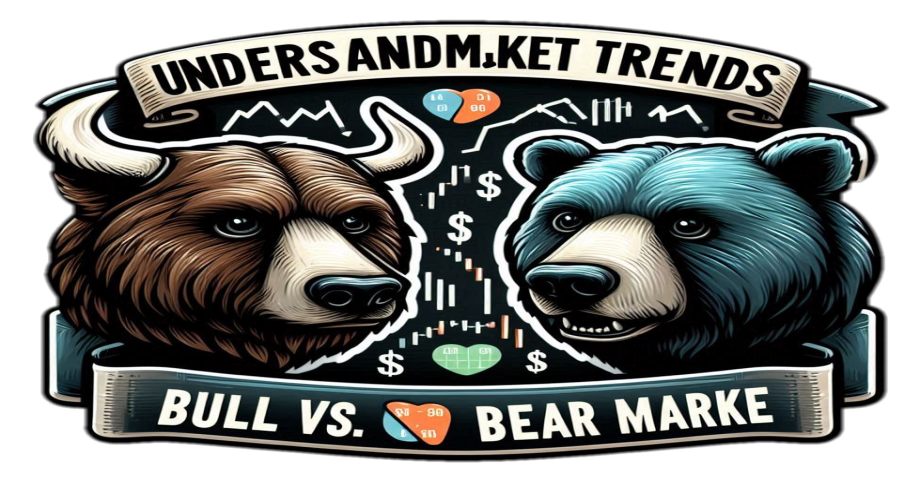




21.07.2024 Navigating the financial markets requires a solid understanding of market trends, particularly the concepts of bull and bear markets. Recognizing these trends can help you make informed investment decisions and develop effective trading strategies. In this post, we’ll explore the characteristics of bull and bear markets, their causes, and how to trade in each environment.What is a Bull Market?A bull market is characterized by rising prices and a general sense of optimism among investors. Typically defined as a period during which prices increase by 20% or more from recent lows, bull markets often lead to increased investor confidence and higher trading volumes.Key Features of a Bull Market:Rising Prices: Stock prices, commodities, and other asset classes see sustained upward movement.Increased Investor Confidence: Positive economic indicators, such as low unemployment and strong GDP growth, contribute to a favorable investment climate.Optimistic Sentiment: Investors anticipate continued growth and may be more willing to take risks.Causes of a Bull Market:Strong economic performance and favorable corporate earnings.Low-interest rates, which encourage borrowing and spending.Positive geopolitical developments and market sentiment.What is a Bear Market?In contrast, a bear market is marked by falling prices and widespread pessimism among investors. A bear market is generally defined as a decline of 20% or more from recent highs. During these periods, investor sentiment turns negative, leading to reduced trading activity and increased market volatility.Key Features of a Bear Market:Falling Prices: Asset prices decline consistently over time, often leading to significant losses for investors.Decreased Investor Confidence: Negative economic indicators, such as rising unemployment and declining GDP, contribute to a lack of faith in market recovery.Pessimistic Sentiment: Investors may be more risk-averse, leading to increased selling pressure and further declines.Causes of a Bear Market:Economic downturns or recessions.High-interest rates that discourage borrowing and spending.Negative geopolitical events or market sentiment.Trading in Bull and Bear MarketsStrategies for Bull Markets:Buy-and-Hold Approach: In a bull market, investors may benefit from a buy-and-hold strategy, capitalizing on rising prices over time.Growth Stocks: Focus on investing in growth stocks, which tend to perform well during bullish conditions.Leverage: Some traders may use leverage to amplify their gains, but it’s important to manage risk carefully.Strategies for Bear Markets:Short Selling: Traders may consider short selling, betting against declining stocks to profit from price drops.Defensive Stocks: Invest in defensive stocks (e.g., utilities, consumer staples) that tend to perform better during economic downturns.Diversification: Maintaining a diversified portfolio can help mitigate risks during bear markets, providing stability amid volatility.ConclusionUnderstanding the distinctions between bull and bear markets is essential for effective trading. By recognizing market trends and adjusting your strategies accordingly, you can better navigate the complexities of the financial landscape.